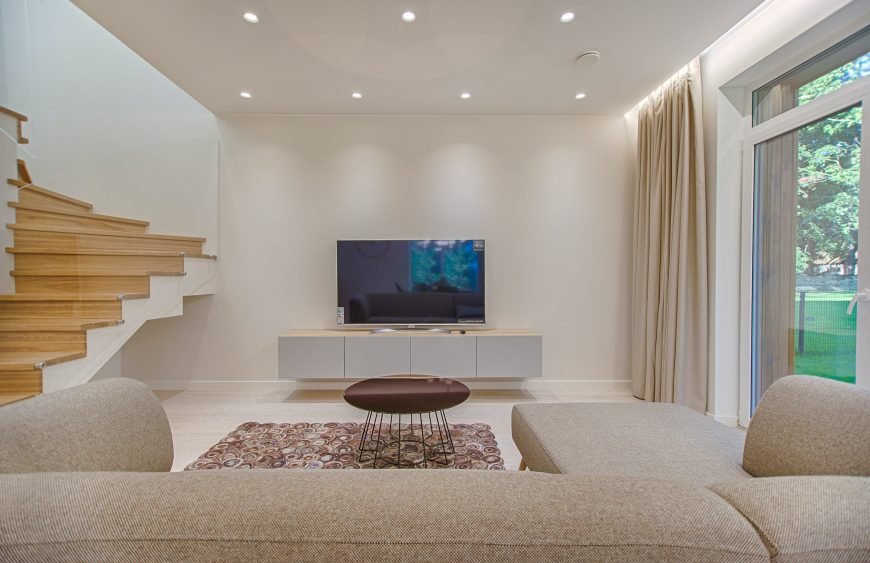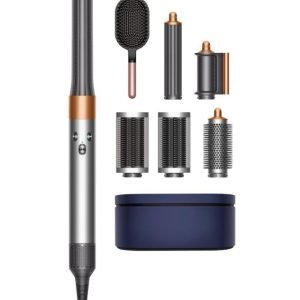In the ever-evolving world of television technology, the battle for the best display continues to rage on. Among the contenders, OLED (Organic Light-Emitting Diode) stands out as a frontrunner, boasting stunning visuals and impressive performance. But how does OLED stack up against other forms of TV screens, such as LED, QLED, and traditional LCD? Let’s delve into the intricacies of each to determine which reigns supreme in the realm of home entertainment.
OLED: The Pioneer of Picture Quality
- Vibrant Colors: OLED technology produces incredibly rich and lifelike colors, thanks to its ability to individually control each pixel’s brightness and color output. This results in deeper blacks, brighter whites, and a wider range of hues, making images pop with unparalleled clarity and realism.
- Infinite Contrast Ratio: Unlike traditional LCD screens that rely on backlighting, OLED panels emit light directly from each pixel. As a result, OLED TVs can achieve true black levels by completely turning off individual pixels, leading to an infinite contrast ratio and breathtaking depth in dark scenes.
- Fast Response Time: OLED’s lightning-fast response time ensures smooth motion handling, making it ideal for watching fast-paced action sequences or playing video games without experiencing motion blur or ghosting effects.
- Slim Design: OLED TVs are renowned for their slim and sleek design, as each pixel emits its own light, eliminating the need for a bulky backlighting system. This allows for ultra-thin displays that blend seamlessly into any living space.
LED/LCD: The Tried and True
- Brightness: LED (Light-Emitting Diode) and LCD (Liquid Crystal Display) TVs typically offer higher peak brightness levels compared to OLED, making them better suited for viewing in well-lit rooms or brightly lit environments.
- Affordability: LED/LCD TVs are generally more budget-friendly than OLED counterparts, making them a popular choice for consumers looking for a high-quality viewing experience without breaking the bank.
- Variety of Sizes: LED/LCD TVs come in a wide range of sizes, from compact options for smaller spaces to massive screens for a true cinematic experience. This versatility allows consumers to choose the perfect size to fit their viewing needs and room layout.
- Backlight Uniformity: While LED/LCD TVs may struggle with achieving true black levels and uniform backlighting, advancements in technology, such as local dimming and quantum dot enhancement (QLED), have helped improve contrast and color accuracy in recent years.
QLED: Bridging the Gap
- Enhanced Color Accuracy: QLED (Quantum Dot LED) technology utilizes quantum dots to enhance color accuracy and brightness, resulting in vivid and lifelike images that rival OLED displays.
- Improved Brightness: QLED TVs can achieve higher peak brightness levels compared to traditional LED/LCD screens, making them well-suited for viewing in bright rooms or sunny environments.
- Reduced Risk of Burn-In: Unlike OLED panels, which are susceptible to burn-in when displaying static images for prolonged periods, QLED TVs are less prone to this issue, offering peace of mind for consumers concerned about long-term screen retention.
- Wide Viewing Angles: QLED displays typically offer wider viewing angles compared to traditional LED/LCD screens, ensuring consistent picture quality from virtually any vantage point in the room.
Conclusion: The Ultimate Viewing Experience
In the ongoing debate between OLED and other forms of TV screens, there’s no one-size-fits-all answer. Each technology has its own strengths and weaknesses, catering to different preferences and viewing environments. OLED excels in delivering unparalleled picture quality with its infinite contrast ratio and vibrant colors, making it the go-to choice for cinephiles and discerning enthusiasts. However, LED/LCD and QLED TVs offer their own advantages, such as higher brightness levels, affordability, and reduced risk of burn-in, making them viable options for everyday consumers seeking a reliable and immersive viewing experience.
Ultimately, the best TV screen for you depends on your individual needs, budget, and viewing preferences. Whether you prioritize picture quality, affordability, or versatility, there’s a wide array of options available to suit every taste and lifestyle. So, whether you opt for the stunning visuals of an OLED display, the reliability of an LED/LCD screen, or the enhanced color accuracy of a QLED TV, one thing’s for certain: With today’s cutting-edge technology, the ultimate viewing experience is within reach.












